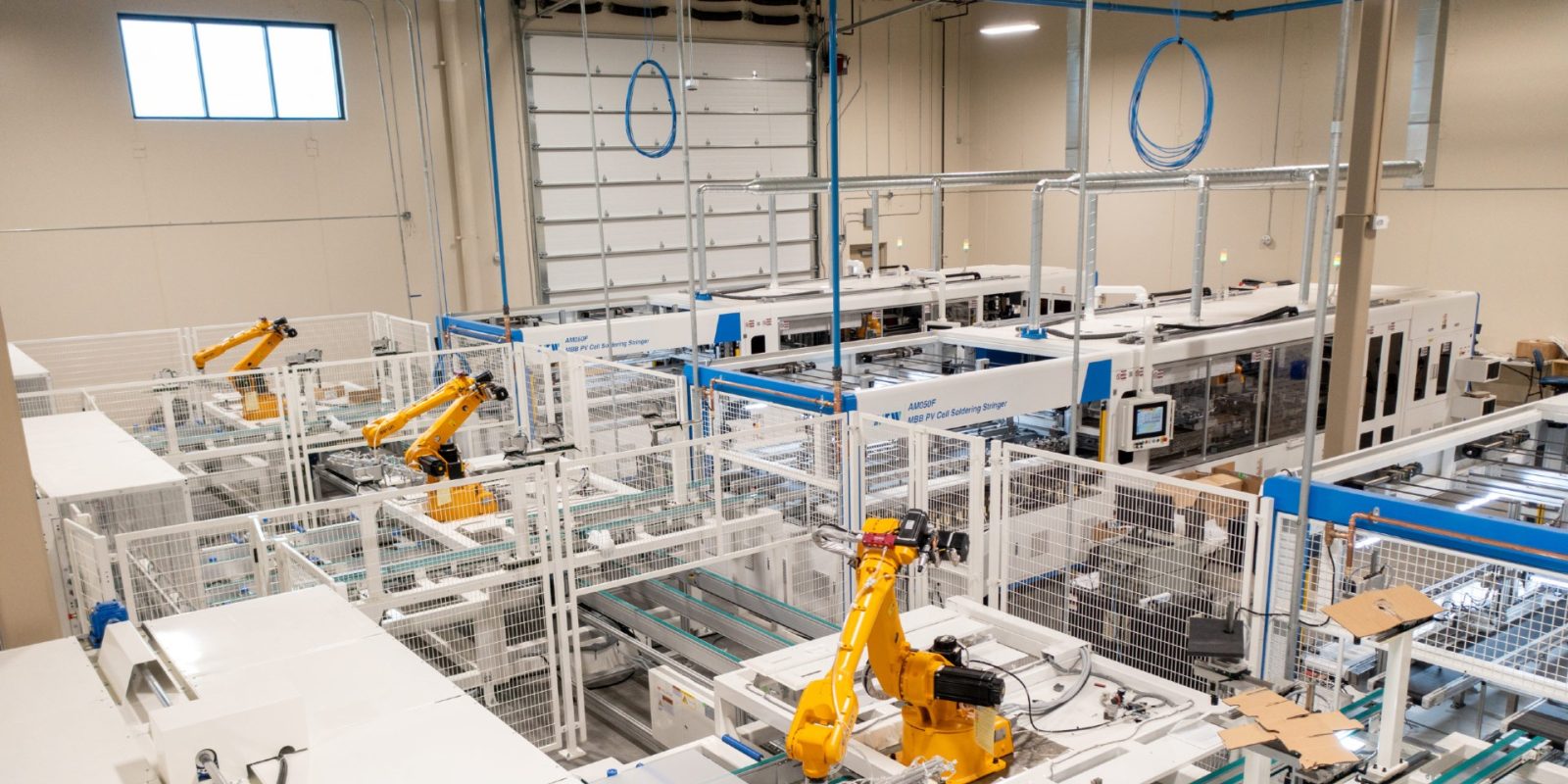
Booming investment in solar and battery manufacturing is rapidly becoming a powerful global economic driver, according to a new report from the International Energy Agency (IEA).
In a first-of-its-kind analysis from the IEA, “Advancing Clean Technology Manufacturing” finds that global investment in the manufacturing of five key clean energy technologies – solar, wind, batteries, electrolyzers, and heat pumps – rose to $200 billion in 2023, an increase of more than 70% from 2022 that accounted for around 4% of global GDP growth and nearly 10% of global investment growth.
Spending on solar PV manufacturing more than doubled last year, while investment in battery manufacturing rose by around 60%.
As a result, solar PV module manufacturing capacity today is already in line with what is needed in 2030 based on the IEA’s net zero emissions scenario. For battery cells, if announced projects are included, manufacturing capacity is 90% of the way toward meeting net zero demand at the end of this decade.
The report finds that many projects in the pipeline will be operational soon. Around 40% of investments in clean energy manufacturing in 2023 were in facilities that are due to come online in 2024. For batteries, this share rises to 70%.
Clean energy manufacturing is still dominated by China, which is currently home to more than 80% of global solar PV module manufacturing capacity, followed by the US and India with 5%, and Europe with just 1%. That’s not expected to change this decade.
However, the report finds that the manufacturing of battery cells could become less geographically concentrated in China by 2030. If all announced projects are realized, Europe and the US could each reach around 15% of global installed capacity by 2030.
New data and analysis based on plant-level assessments of more than 750 factories indicate that China remains the lowest-cost producer of all clean energy technologies. Battery, wind, and solar PV manufacturing facilities are typically 70-130% more expensive to build in the US and Europe than in China.
However, the vast majority of total production costs for these technologies (70-98%) is estimated to come from operational costs that include energy, labor, and materials. The IEA says the implication is that current production cost gaps can be influenced by policy.
“While greater investment is still needed for some technologies – and clean energy manufacturing could be spread more widely around the globe – the direction of travel is clear. Policy makers have a huge opportunity to design industrial strategies with clean energy transitions at their core,” said IEA executive director Fatih Birol.
The report, produced in response to a request from G7 Leaders in 2023, is designed to provide guidance for policy makers as they prepare industrial strategies with a strong focus on clean energy manufacturing.
Read more: The US just proposed 18 GW of new offshore wind sales
To limit power outages and make your home more resilient, consider going solar with a battery storage system. In order to find a trusted, reliable solar installer near you that offers competitive pricing, check out EnergySage, a free service that makes it easy for you to go solar. They have hundreds of pre-vetted solar installers competing for your business, ensuring you get high quality solutions and save 20-30% compared to going it alone. Plus, it’s free to use and you won’t get sales calls until you select an installer and you share your phone number with them.
Your personalized solar quotes are easy to compare online and you’ll get access to unbiased Energy Advisers to help you every step of the way. Get started here. – ad*
FTC: We use income earning auto affiliate links. More.






Comments